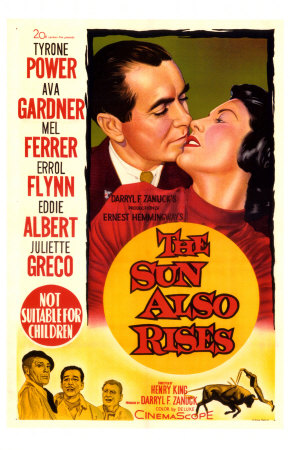
Via FTAlphaville comes a reminder from Lombard Street Research about what will happen when global interest rates do begin to rise:
Volatility should rise because policymakers will find it harder to signal their intentions once they start raising rates. At the zero bound, when the economy needed extra stimulus, it was easy for central bankers to commit to steady rates far into the future. They could even provide neat, numerical unemployment ‘thresholds’ to guide expectations. But now, partly because their previous guidance proved misleading and partly because interest-rate decisions are becoming more difficult, we are unlikely to revisit such extreme levels of transparency. Both the Fed and BoE have already ditched threshold-based policy, while the ECB is only partially revealing its QE ‘reaction function’. Over all, the central banks are trying to take back some policy discretion.
The best we can do is to summarise central-bank guidance in ‘dashboard’ form, based on those indicators we think they will be watching most closely. While this should provide a rough guide to how their thinking evolves over the next 12 months, it also leaves several important areas of uncertainty.To start, investors must remember that monetary policy is set by committees. When interest rates start to rise, different members on those committees could take different views about the timing/amount of tightening needed. This is already clear from the FOMC’s ‘dots’ chart, which shows broad policy disagreements from 2015. Compounding this, some critical economic trends are proving particularly hard to forecast, notably US participation and UK productivity. These will also have a crucial bearing on the pace of policy tightening.
With central banks less able to provide clear guidance about the future, we are likely to see renewed market volatility as they start to raise interest rates in 2015. Some investors will again be anxious to sell their bonds, fearing significantly higher yields. But as with the taper tantrum, we are unlikely to see a sustained 1994-style crash. Central banks will try to downplay the total amount of tightening that is coming, while favourable global developments – notably sustained low inflation and excess savings – should help keep yields pinned down at relatively low levels.
I probably agree with the conclusions. Bond markets have repeatedly misread this structural backdrop and have periodically seized up. They’ll probably do so again.
But the US output gap remains large. The improvement in its labour market is clearly driven as much by a falling participation rate as it is genuine progress and, all things equal, should rise if jobs become more plentiful. Its housing market isn’t accelerating. Deflation is loose in Europe. China and commodity markets will keep deflating. There’s no enduring inflationary pulse anywhere.
If secular stagnation is the underlying structure then the neutral interest rate will be very low and although the cash rate may rise, bond yields will not do so sustainably.
In short, Lombard St and the Fed may think they’re back in the business of hard numbers pricing but in reality all they’re doing is managing sentiment around an enduring zero bound.

